Swertia, ChirettaChiretta, SwertiaKirata, Katutikta (Ayurveda) Tig Ta ཏིག་ཏ (Tibetan) Chiraita (Unani); Qasab al-dhariarah (Avicenna) |
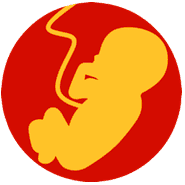
|
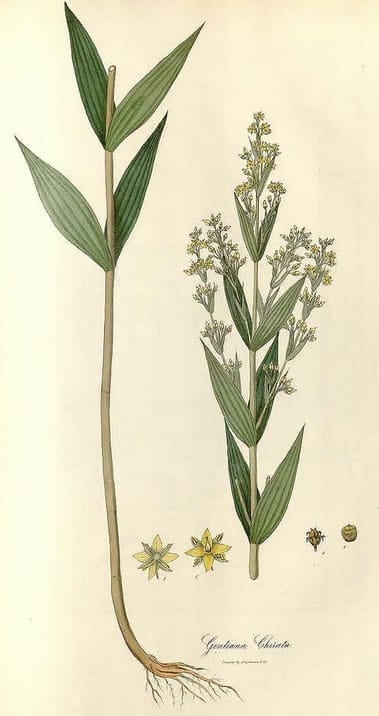 Swertia chirata
Swertia chirataWallich, Plantae Asiaticae Rariores, vol. 3: 1832
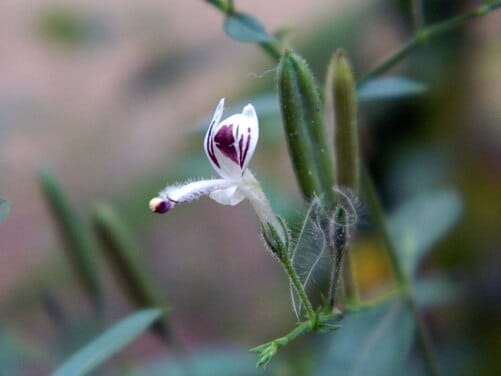 Swertia chirata
Swertia chirata(Photo by Rison Thumboor) (Wikimedia)
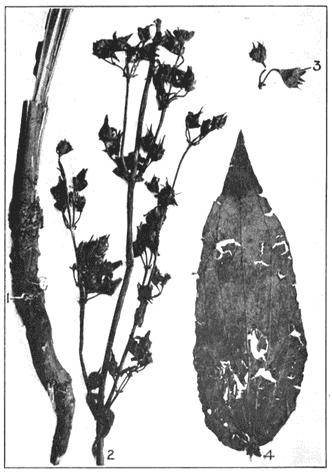
|
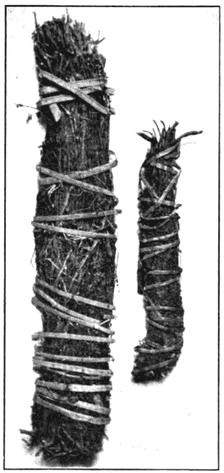
|
|
1. Root. 2. Flowering and fruiting top. 3. Fruit. 4. Leaf showing characteristic venation. (Squibb’s Atlas of the Official Drugs, Mansfield, 1919) |
Swertia tied into bundles with bamboo as imported. (A Text Book of Pharmacognosy Heber Wilkinson Youngken, 1921) |
 Members CLICK HERE for the PRO VERSION
Members CLICK HERE for the PRO VERSIONBotanical name:
Swertia spp.
Several species are used:
- S. chirata (syn. S. chirayita, S. tongluensis, Gentiana chirayita, G. chirata, Ophelia chirata) (Ayurveda, Unani, Tibetan Medicine)
- S. mileensis (TCM)
Parts used:
Whole plant
Temperature & Taste:
Cold, dry. Bitter
Classification:
2F. PURIFYING
3B. FEBRIFUGE & ANTIPYRETIC 3H. LACTAGOGUE
TCM:
B. Clears Heat and Damp
Uses:
1. Clears Liver Heat and Damp: (Ayurveda, Tibet)
-Fever, Liver Fever; Bile Fever; Fever from derangement of Wind, Bile and Phlegm
-‘inflammatory conditions of the Stomach, Intestines and Liver’. (Avicenna)
-Liver heat disorder with red eyes, irritability
-Gall Stones and Cholecystitis, Hepatitis etc.
-Jaundice with dark colored urine (S. mileensis, Chinese Pharmacopoeia)
-Conjunctivitis associated with Liver heat; ‘Clears the Vision’ (Avicenna)
2. Clears Stomach Heat:
-Gastritis, Colitis
-Diarrhea and Dysentery.
-Hyperacidity
3. Clears Heat and Damp, Promotes Urine:
-Damp-Heat urinary disorders such as Strangury and Dysuria
-acute urinary tract infection with difficult painful urination (S. mileensis, Chinese Pharmacopoeia)
-Stones.
-Edema
4. Clears Heat, Resists Poison: (Ayurveda, Tibet, Unani)
-various types of Fever including Epidemic Fevers, Chronic Fevers and Malaria (Unani, Tibet)
-Fever caused by aggravation of all 3 Dosas (Wind/Bile/Phlegm) with sweating and thirst (Ayurveda)
-Snake Bite
-Laryngitis, Tonsillitis
-skin diseases with Heat and Redness, Itching; Scabies
-Ulcers.
5. Benefits the Stomach, Promotes Digestion:
-low doses or short term use is good to stimulate the Stomach and Digestion, promote Appetite, and stimulate Bowel movement.
-indigestion, poor appetite and flatulence.
6. Moves the Blood, Promotes Delivery:
-promotes menstruation in Amenorrhea and Dysmenorrhea
-Uterine pain (Avicenna)
-“It dissolves the swellings” (Avicenna)
7. Externally:
-strong decoction is applied to all types of inflammation
-as a Folk remedy it is applied as a poultice to Paralyzed Limbs and Rheumatic swellings.
-Burns (Avicenna)
Dose:
Decoction: 5–20 grams
Powder: 250mg–3 grams
Correctives:
… available in PRO version
Substitutes:
… available in PRO version

Main Combinations:
1. Fever:
i. Swertia with … available in PRO version
ii. Swertia with … available in PRO version
iii. Swertia with … available in PRO version
iv. with Diarrhea, Swertia with … available in PRO version
v. Swertia with … available in PRO version
vi. Chronic Fever, Lung Infection, Swertia with … available in PRO version
vii. Vetiveria with Swertia, … available in PRO version
2. Liver Fever, Liver Trauma, Liver Pain, Blood disorders, Swertia with … available in PRO version
3. Hepatitis, Swertia, … available in PRO version
4. For Bile disorders with headache, inflammation, fever, bitter taste, Swertia with … available in PRO version
5. Cholecystitis, early Jaundice, Hepatitis, Swertia with … available in PRO version
6. Stomach Heat, Gastritis, Colitis:
i. Swertia with … available in PRO version
ii. Swertia with … available in PRO version
7. Kidney Heat, Nephritis, Pyelonephritis, Hematuria, Kidney pain, Swertia with … available in PRO version
8. Strangury, difficult or painful Urination:
i. Swertia with … available in PRO version
ii. Swertia with … available in PRO version
9. Menorrhagia from Heat:
i. Swertia, … available in PRO version
ii. Swertia with … available in PRO version
iii. Swertia with … available in PRO version
10. Edema or Fever, Swertia with … available in PRO version
11. Skin diseases, Swertia with … available in PRO version
12. ‘Nothing is more useful in burns than chiratta with rose oil and vinegar.’ (Avicenna)
Cautions:
1. Cold, so not suitable in cold and weak Stomach
2. Not used in Pregnancy
3. Not used in Vata/Wind conditions.
Main Preparations used:
-
Extra Info
-
History
|
‘Kirayat has long been an important article of the Hindu Materia Medica. It is mentioned by Susruta and other Sanskrit writers under the name of Kirata-tikta, which means the bitter plant of the Kiratas, an outcaste race of mountaineers in the north of India. It is also called Anarya-tikta, “the bitter plant of the non-Aryans.” Another Sanskrit name is Bhunimba, “ground-nim.” The herb is much esteemed by the Hindu physicians on account of its tonic, anthelmintic and febrifuge properties, and is prescribed in masked forms of malarial fever in which the chief symptoms are dyspepsia; it is usually combined with aromatics, such as ginger and lemon grass. It is also considered to be laxative, anthelmintic and alterative. In the Bhaishajya-ratuavali, a decoction is directed to be made of equal parts of chiretta, Tinosposa stems, raisins, emblic myrobalans and zedoary root. Chiretta is one of the 54 ingredients of the compound powder known as Sudareana churna, and it gives its name to a compound oil called Kiratadi-taila, in which it is combined with 26 other drugs, mostly aromatics and stimulants. This oil is rubbed on the body in obstinate cases of ague, causing emaciation and anaemia. (Bhaishajya-ratnavali.) Mahometan writers upon Indian drugs have identified Chiretta with the Kasab-ed-darira of the Arabs, and |
Calamus aromaticus of Dioscorides. Guibourt was also of the same opinion, but Fee and Royle dissent from it. The author of the Makhzan-el Adwiya gives at the end of his article upon Kasab-ed-darira the following short summary of the manner in which Chiretta is used by the Hindu physicians :— “They consider it to be cold and dry, light and flatulent; a remedy for colds and bilious affections, burning of the body, and the fever arising from derangement of the three humors which they call sannipat (fever with delirium).” The plant was first described by Roxburgh under the name of Gentiana Ghirayita in 1814. Ainslie notices it, and remarks that it appears to be much used in Bengal; it was probably rather a scarce drug in Southern India in his time, as he says little about it. In England it began to attract attention about the year 1829; and in 1839 was introduced into the Edinburgh Pharmacopoeia. It is now official in the British and Indian Pharmacopoeias, and is generally accepted as a valuable bitter tonic. In Western India it has a reputation as a remedy for bronchial asthma, and in some cases we have known it used with success. (Pharmacographia Indica, Dymock, 1891) |
